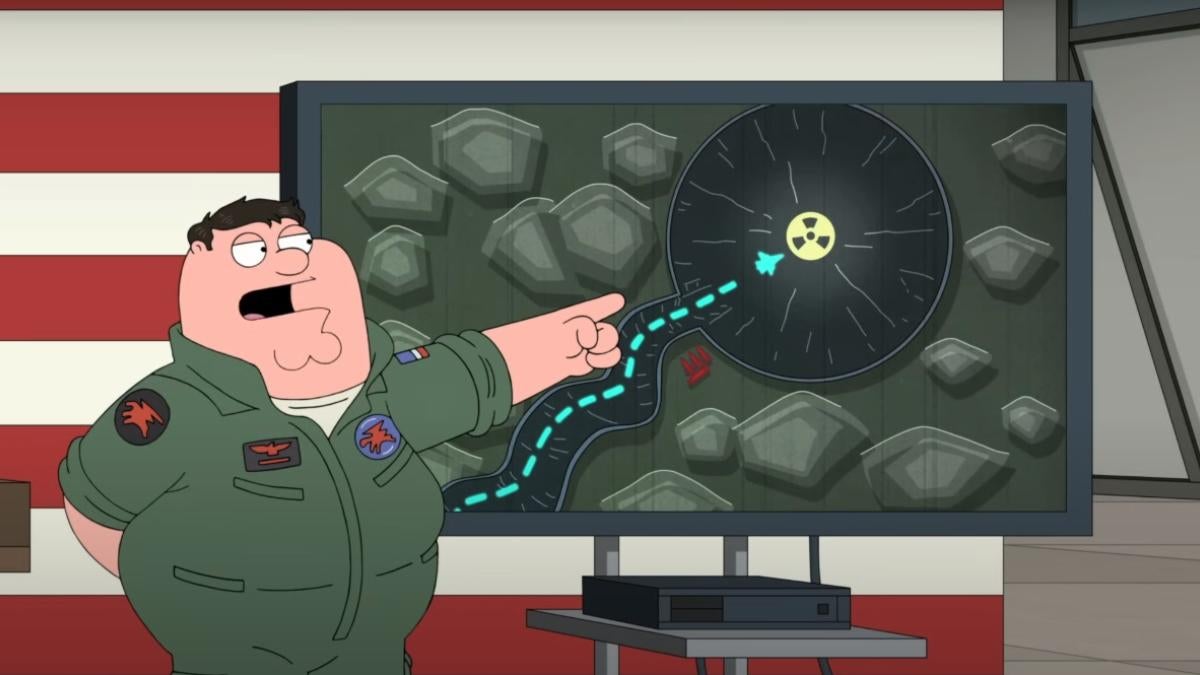Marvel Studios Artist Shares Spider-Man: Homecoming Concept Art Inspired by Classic Comic Book Cover
Marvel Studios concept artist Ryan Meinerding, the head of visual development on Spider-Man: [...]
Marvel Studios concept artist Ryan Meinerding, the head of visual development on Spider-Man: Homecoming, shares concept art behind a key sequence inspired by Stan Lee and Steve Ditko's classic Amazing Spider-Man #33. The 1966 issue, "The Final Chapter," finds Spider-Man trapped beneath tons of debris by metal-armed enemy Doctor Octopus — previously revealed as the secret identity of "the Master Planner" — while on a mission to retrieve a serum capable of saving his dying Aunt May. Pinned beneath the wreckage of a flooding lab and anguished by the thought of failing his beloved aunt, an exhausted Spider-Man summons all his strength to free himself in a moment of triumph.
In Homecoming, where the rookie Spider-Man (Tom Holland) sports a homemade outfit after benefactor Tony Stark (Robert Downey Jr.) revokes the upgraded suit gifted to him in Captain America: Civil War, it's the razor sharp wings of the Vulture (Michael Keaton) that bury Peter Parker beneath rubble.
When his pleas for help go unanswered, Spider-Man overcomes self-doubt before he can be crushed by the weight — a moment Marvel Studios president and producer Kevin Feige requested be included in Homecoming.
"That allusion was something Kevin Feige really wanted to put into this script, because it sort of embodies the internal struggle that Peter Parker is facing throughout, where he is his own greatest enemy in some ways, to have to accept himself before he can do anything helpful for the world," co-writer John Francis Daley previously told The Hollywood Reporter of the homage. "We have him starting the scene with such self-doubt and helplessness, in a way that you really see the kid. You feel for him. He's screaming for help, because he doesn't think he can do it, and then in the context of that flashback, he kind of realizes that that's been his biggest problem. He didn't have the confidence in himself to get himself out of there."




